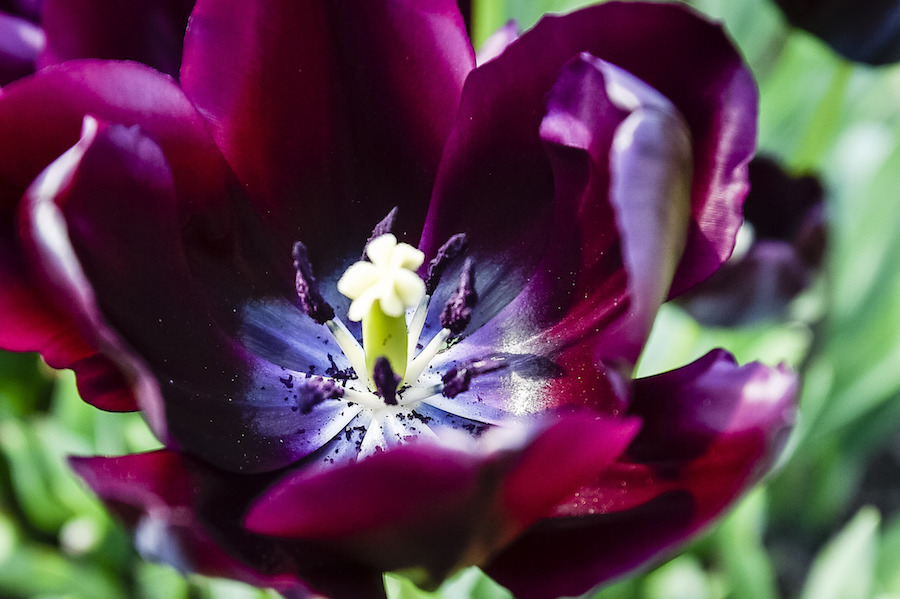Is it too late to plant bulbs? Not if you follow our guide
There’s still time to plant tulips and bring vibrant colour to your garden next spring.
Here’s some good news for gardeners who haven’t quite got round to sorting their spring bulbs – you still have time to plant tulips and give your garden a boost next year.
Tulips are among the last spring bulbs you can plant. November is the ideal time as the colder temperatures can help stop tulip fire disease and other fungal and viral diseases which remain in the soil when it is warmer.
Here’s our planting guide.
1. Check your bulbs

Inspect for any damage
Make sure none of the bulbs are soft or look rotten and if there are any, discard them. Bulbs should be firm to the touch with no signs of damage or disease.
2. Plant them at the right depth

Plant tulips deep
Choose a sunny spot and plant at three to four times the depth of the bulb, or deeper. The bulbs should be placed pointed side uppermost into a mixture of spent compost and added grit, to aid drainage. Throw a handful of bulb food into the mix, following the instructions on the packet, then backfill with the gritty compost.
The most important thing is not to let the bulbs remain too wet over winter, or they are likely to go rotten, so keep your soil mix light and well-drained. If you have heavy soil, add extra grit and sand to the base of the planting hole and place the bulbs on top of it.
If you are adding bulbs to containers, make sure the pots have plenty of drainage holes and crocks in the bottom and prop them up on pot feet to stop excess moisture seeping up from below.
3. Plant them in groups

Plant close together for maximum impact
They are best planted in groups of at least three, but preferably more, a few centimetres apart depending on the size of the bulb. For maximum impact, you may need to plant them closer together than instructed on the packet. If you are planting in pots, the more the merrier and you may want to layer two different types, with one flowering after the other, to prolong the flowering period.
4. Repeat plant

Red and yellow combinations
If you are planting tulips in a border, you may want to improve the effect by repeat-planting clumps of the same variety through the border.
5. To lift or not to lift?

Tulip bulbs can be dug up
Some tulips are not winter hardy and will need lifting once they have died down properly and the foliage has gone brown, which often happens in early summer. Leaving them to fully die down allows the bulb to store more food and produce flowers the following year.
When you dig the bulbs up, shake off any excess soil and remove any bulblets which will take energy from the parent plant. Make sure they are dry before storing them on newspaper and putting them in a greenhouse or shed until you plant them back out next year.
Some gardeners leave bulbs in over winter and mulch the area, and some tulips do come back, although they are often not as colourful as they appeared originally.
Tulips are, however, often treated as annuals and if you don’t want straggly leaves in your flower bed in early summer, then dig them up and start again.
The Press Association
Latest posts by The Press Association (see all)
- What you need to know about weight loss jabs and how to make them work effectively - April 25, 2025
- Is our skin more susceptible to sun damage as we age? - April 25, 2025
- Special stamps to mark 80th anniversary of VE Day - April 24, 2025
- Test your knowledge with our penguin-themed quiz - April 24, 2025
- Prince Louis shows off missing front teeth in new photo to mark seventh birthday - April 23, 2025



















